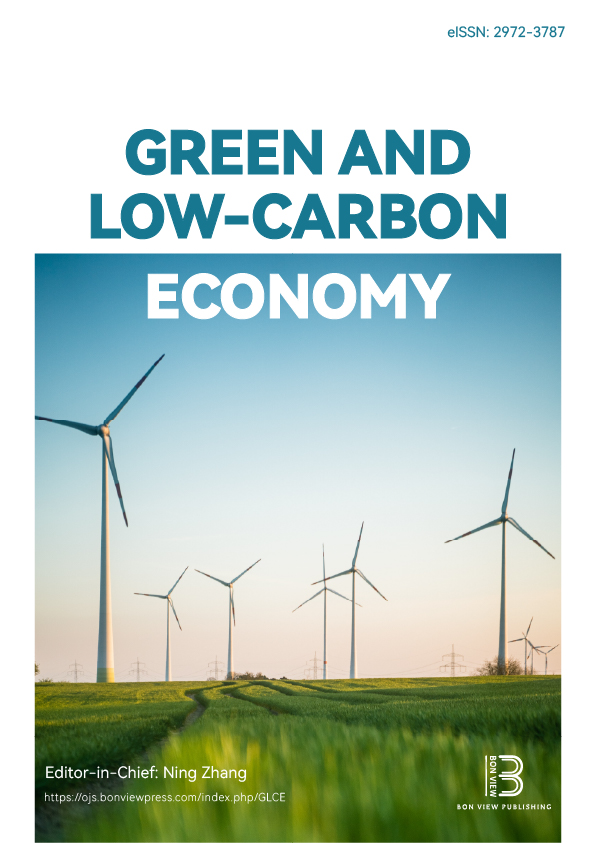CCEM: A System Dynamics Model for Global Warming Impact from Energy Transition to Ecological Redirection
DOI:
https://doi.org/10.47852/bonviewGLCE52025069Keywords:
IAM, earth model, system dynamics, energy transition, global warming, ecological redirection, AnthropoceneAbstract
The Coupling Coarse Earth Model (CCEM) is a system dynamics simulation model that looks at the integration of energy, economy, climate, and associated feedback loops. CCEM combines five simpler models that address energy availability, economic adjustment to energy scarcity, energy transition, global economy and CO2 emissions, and the impact of CO2 emissions on warming and society. Modeling such a complex system requires several hypotheses, for which there is still no consensus. These "known unknowns" are the future availability and cost of energy, energy needs and affordability for the economy, the speed of energy substitution, expected Gross Domestic Product growth, and the economic and societal consequences of global warming. In CCEM, these are explicit parameters that enables simulation of opposite viewpoints with the same underlying logic. CCEM has been influenced both by previous systems dynamics models and other integrated assessment models (IAM); its main contribution as a simulation model is to reproduce the feedback loop from global warming to the energy/economy system by representing the impacts of global warming and the associated retroactions. The model introduces a "pain factor", accounting for pain from warming, economic results, and energy shortages, that may trigger redirections: how society reacts when pain gets too high (a nonlinear reaction). While the complex system nature of energy/economy/climate/society is better represented and produces more realistic scenarios, taking these redirections into account makes forecasting more difficult.
Received: 23 December 2024 | Revised: 30 May 2025 | Accepted: 27 June 2025
Conflicts of Interest
The author declares that he has no conflicts of interest to this work.
Data Availability Statement
The data and the code that support the findings of this study are openly available at http://github.com/ycaseau/GWDG/.
Author Contribution Statement
Yves Caseau: Conceptualization, Methodology, Software, Validation, Formal analysis, Investigation, Resources, Data curation, Writing – Original draft, Writing – review & editing, Visualization, Supervision, Project administration.
Downloads
Published
Issue
Section
License
Copyright (c) 2025 Author

This work is licensed under a Creative Commons Attribution 4.0 International License.


